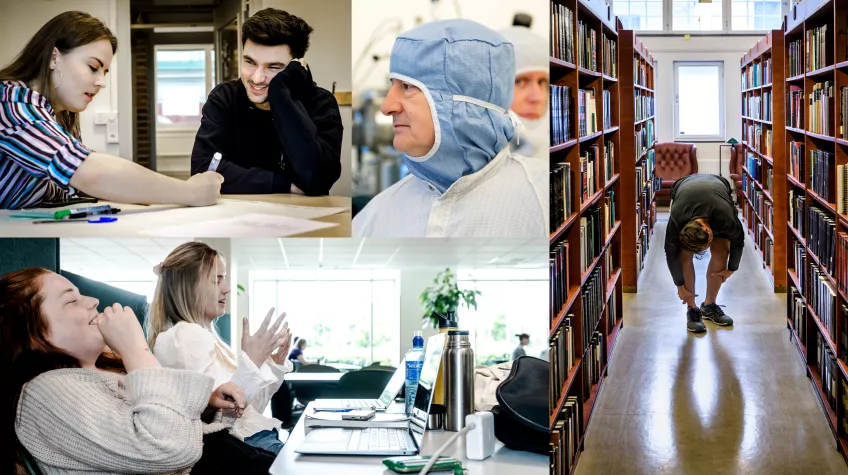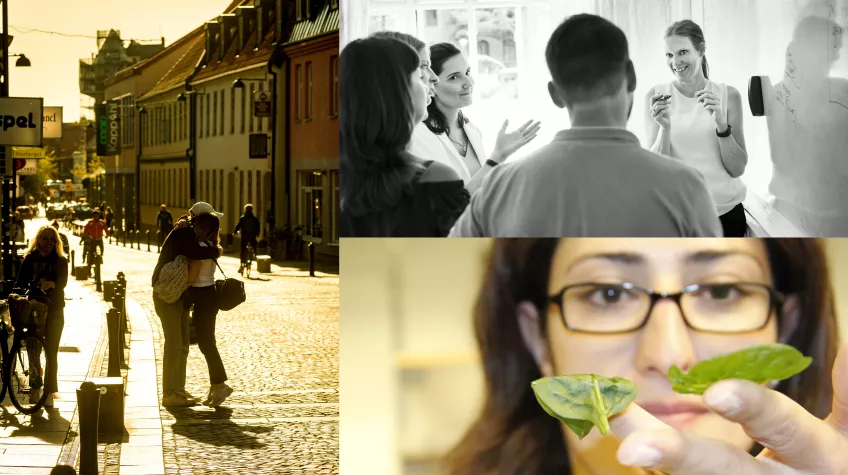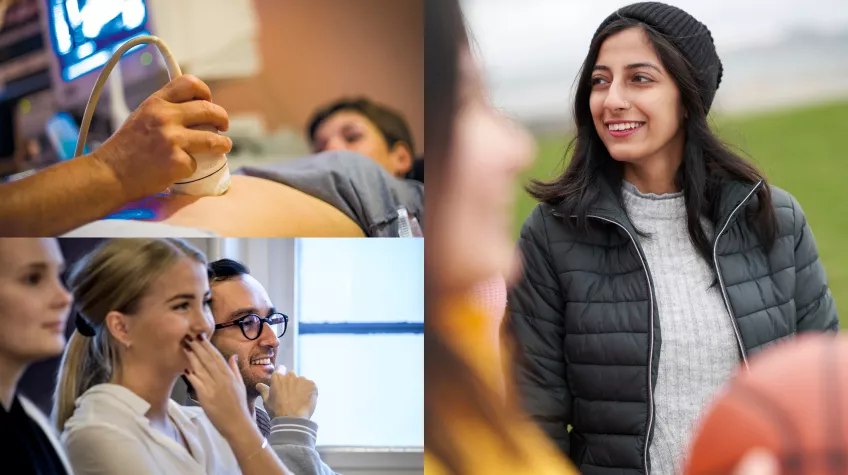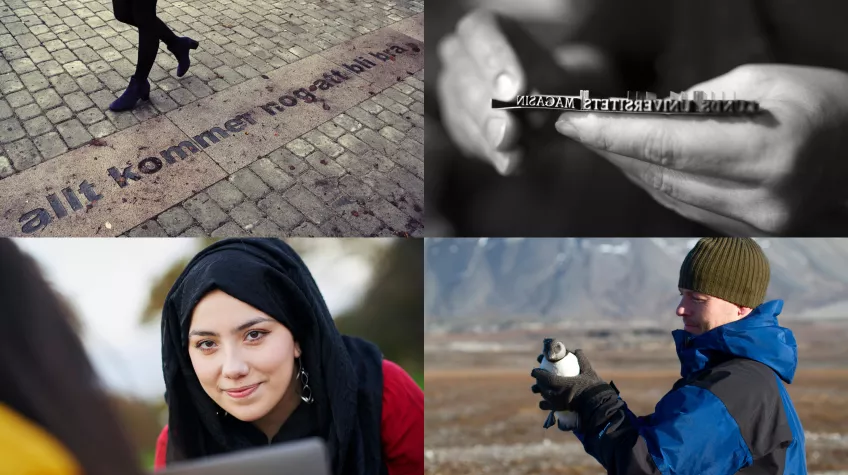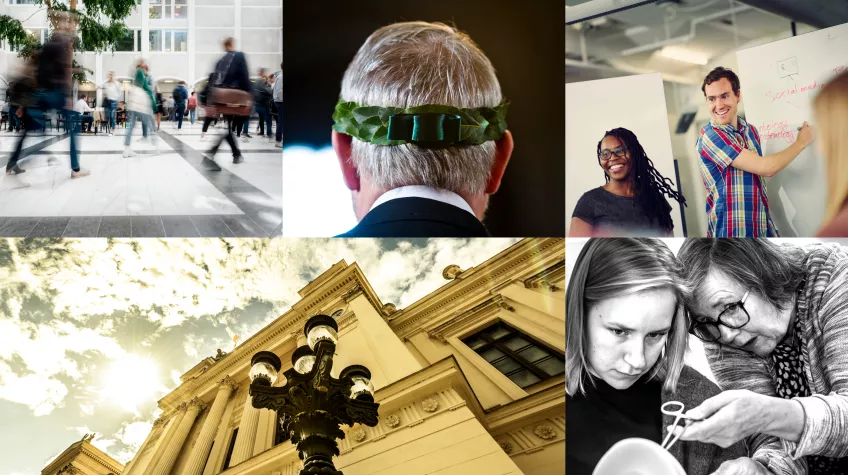Image style
In the same way as Lund University has profile colours, we also have a profiling image style. It is a visual language that that communicates who we are and helps to differentiate us from other higher education institutions. Here we explain what types of photographic subjects you should strive for and what feelings the images should communicate to the viewer.
The message of the images affects how we are perceived by the world around us. It is therefore important always to base your choice on the University’s image style when selecting a photo for printed material, a website or similar which represents Lund University.
Whether you hire a photographer or take the photos yourself, the images should always be characterised by a visual style.
Lund University’s images, as a whole, are to be characterised by:
- Documentary feel
- Sunny haze and warmth
- Short depth of field
- Minimisation of detail
- Variation and dynamism
In addition to these points, we also avoid cut out images in our work as a rule.
Remember to use images that reflect diversity at Lund University.
Naturally, there are situations where you cannot apply the points above. It can be important for the image to show exactly what something looks like, such as images connected to specific research projects. In those contexts, you do not need to take into account the points above.
You are encouraged to add the images you have produced to the Image and Media Bank, so that everyone can have an overview of, and access to, the images that are available. Please contact your nearest Communications Officer if you want to upload your images in the Image and media bank.
Lund University’s Image and Media Bank
Documentary feel
Strive for a documentary and natural feel in the images. Avoid images which seem arranged. Remember to reflect the diversity of people at Lund University and use both colour and black and white images. Use images which reveal passion and commitment to one’s work.
Sunny haze and warmth
Strive to use images with a sunny haze and a warm tone. Photographing backlit people and environments can be one way of achieving this effect. If the subject is of a more factual nature, such as research equipment, you should strive instead to bring out a warm tone in the image, if possible.
Sunny haze and warmth reinforce the feeling you get when studying, researching or otherwise working at our University – a feeling of belonging to a community with an optimistic outlook.
Short depth of field
Choose images with a short depth of field, as far as possible. Short depth of field means that a part of the image is in focus while the rest is blurred. You can use this effect to minimise a busy background or highlight what is most important in the image – the person you want to portray, a building, a detail and so on.
Minimisation of detail
Work with clear images with a background which is not too busy. Also try to minimise the number of details in the image – you don’t have to tell the whole story in one single image. Trimming an image is also a way of focusing on the essentials.
Variation and dynamism
Looking at images which have all been photographed from the same distance and angle easily gets boring. Create variation and dynamism by instead allowing your images to complement one another – close-ups versus perspective, colour versus black and white, people and buildings versus details, older people versus younger and so on. In short, allow the images to reflect the University’s diversity.
Contact
Corporate Communications
grafiskprofil [at] kommunikation [dot] lu [dot] se
Nina Ransmyr
Communications officer
nina [dot] ransmyr [at] kommunikation [dot] lu [dot] se
+46 46 222 03 20
Maria Wendel
Communications officer
maria [dot] wendel [at] kommunikation [dot] lu [dot] se
+46 46 222 70 07
Petra Francke
Communications officer
petra [dot] francke [at] kommunikation [dot] lu [dot] se (petra[dot]francke[at]kommunikation[dot]lu[dot]se)
+46 46 222 03 16
Anna Johnsson
Communications officer
anna_v [dot] johnsson [at] kommunikation [dot] lu [dot] se
+46 46 222 70 21
Image and media bank
Download images, templates, logos, fonts and music files from the Lund University Image and mediabank.


